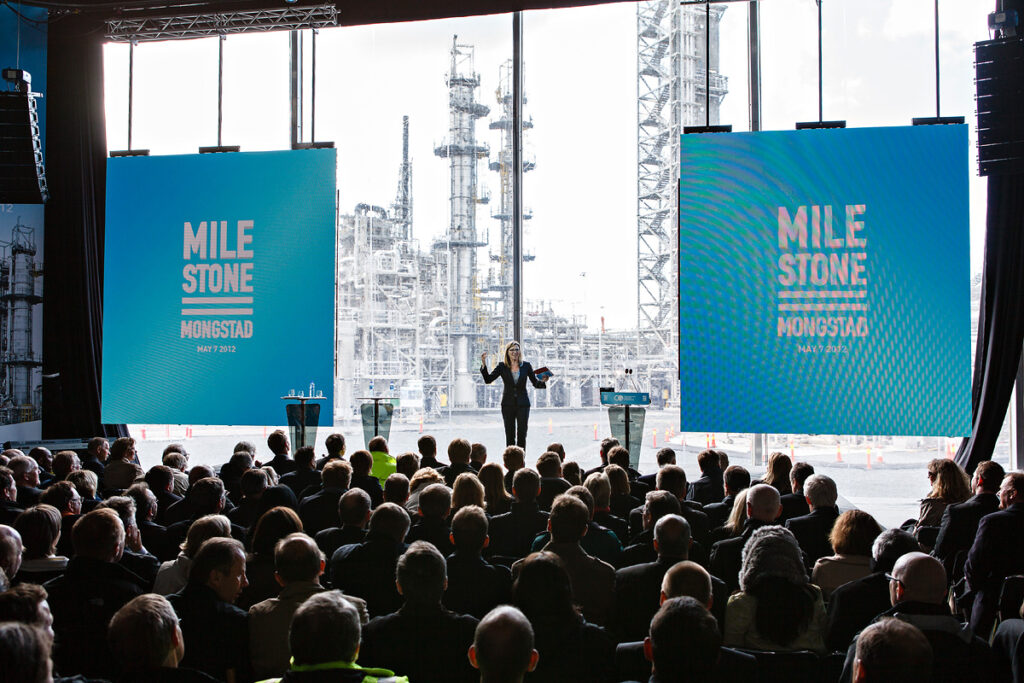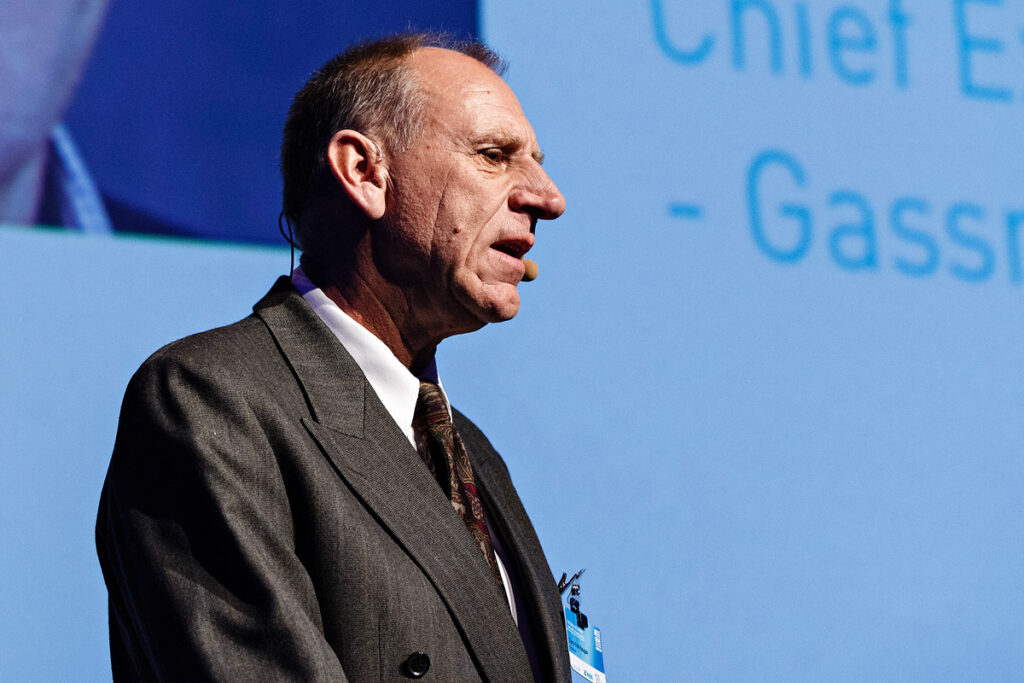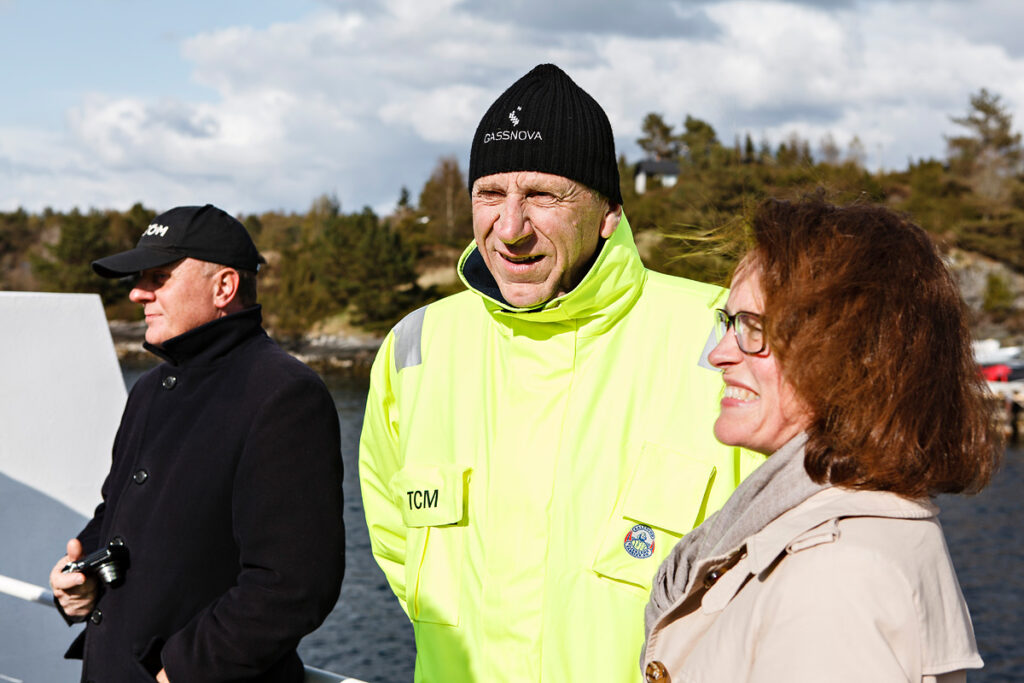15.03.2022
He was our first Chairman
Technology Centre Mongstad (TCM) has a 10-year anniversary in 2022. We celebrate ourselves with interviews with people who in various ways have had impact on the business in these years. Bjørn-Erik Haugan was our first Chairman of the Board, and a key person for TCM.
Why did you apply for a position at TCM?
– As CEO of Gassnova, I was given responsibility for the planning of what eventually became TCM, and formally became Chairman of the Company Meeting (the Board) when the company was founded in 2009. The background was the Stoltenberg government’s ambition to build a full-scale plant for capture of CO2 from the planned the gas power plant at Kårstø. No new gas power without carbon capture, the former red-green coalition government wrote in their «Soria Moria» Declaration in 2005.
However, the industry at the time doubted whether CO2 capture technology was sufficiently mature for full scale deployment. The idea of demonstrating this technology at a large-scale test centre was launched. Later, the plans for CO2 capture at Kårstø were abandoned, but the idea of a test centre was instead introduced in an agreement between the authorities and Equinor for a two-stage development of a CHP power plant at Mongstad. First, a test centre for verification of technology was to be established. Results from the test centre were to be supporting development of a full-scale facility for capturing CO2 . As we now know, the Mongstad full-scale CO2 capture plant was not realized. But personally, I found this schism between climate science, politics and industry to be interesting and instructive.
After I resigned as Chairman, I was until 2021 in various roles involved in business development for TCM.
What will you highlight as the most rewarding and interesting work you took part in at TCM?
– I want to emphasize that we have succeeded in realizing a test centre that has responded to the very basic needs of technology developers and their industrial customers; namely to create comfort that the capture technologies to be used on a very large scale will actually work. In my view, there are today about ten companies around the world that have developed technologies that are mature for full-scale deployment, most of which – with one or two exceptions – have been tested at Mongstad. TCM’s importance for verification of technologies can thus not be overestimated.
It has also been very interesting to participate in the planning and implementation of open, scientific test campaigns. Before we started in 2012, we had not given much thought to involving scientific institutions, but this has proven to be very valuable in establishing standards and reference points for the development of new technologies. The documentation in the form of publications with results from these campaigns, as well as presentations on conferences, have contributed to TCM’s visibility and strong reputation internationally.
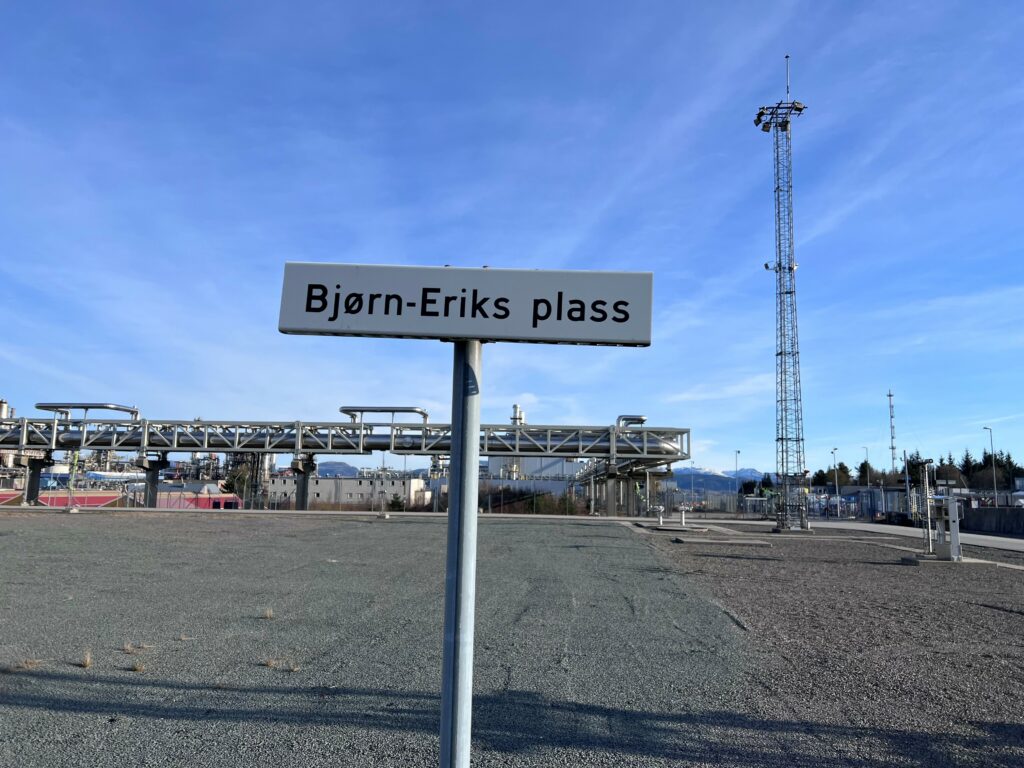
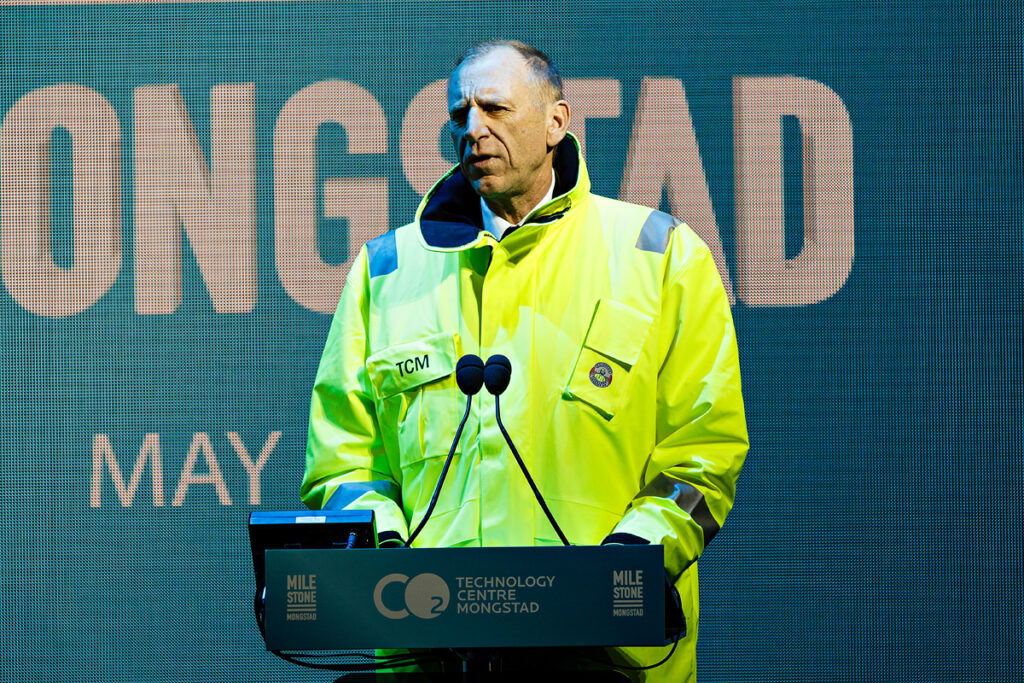
Are there projects or events you remember back with special joy?
– TCM was established based on the situation in Norway, i.e., our national needs for measures against climate gas emissions. But the fact that we succeeded early on in creating interest in TCM in the USA, both in the political environment, in the research communities and among technology developers, was gratifying and a big feather in the cap. The Americans are not known for involving others in their technology projects but gained confidence in TCM. Through agreements with the US Department of Energy, a financial basis was also laid for testing of numerous technologies at TCM. The collaboration was based on an overall agreement between the Norwegian and the US ministries of Energy from 2004. This for TCM has resulted in a number of projects for testing various technologies originating in the United States.
I do not forget when the then Minister of Energy and Nobel Prize winner in physics, Steven Chu, in 2009 arrived at Mongstad in a whole helicopter squadron, to inspect the refinery and the area TCM was to be built on. That image could have been cut from «M*a*s*h», for those who still remember the TV comic about the Korean War.
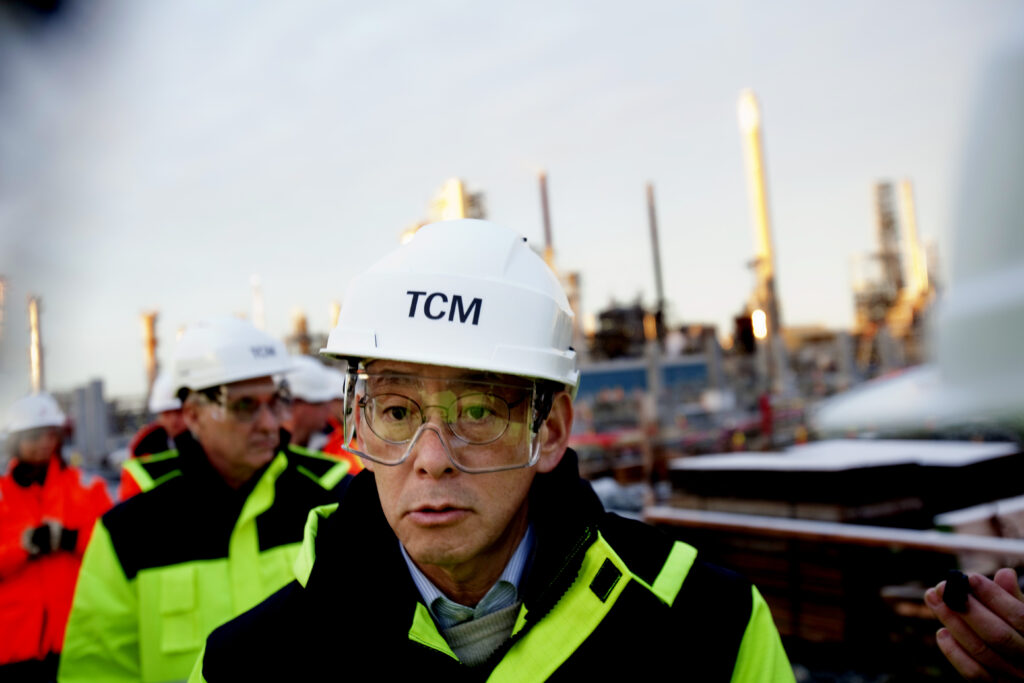
What do you think of as most frustrating about your work at TCM?
– TCM is based on an agreement on shared liability between the Norwegian state through Gassnova, and the companies Equinor, Shell and TotalEnergies. The participants second personnel to work for TCM for shorter and longer periods. This makes it challenging long-term to develop and maintain world leading competence in TCM. I recognize the owners’ need to get back and employ skilled people in their own projects, but the organizational model with a high rate of rotation of key persons at TCM is a challenge for TCM.
When you tell your friends and acquaintances about the business at TCM, what do you emphasize as the most important utility value?
– I must admit it is not always easy, because the story of technology verification often becomes a bit distant and abstract. But I like to use the image with a ship – where everyone on board is dependent on and trust the vessel is designed and equipped in a safe way. Similar, both those who are going to sell and those who consider buying technology for CO2 capture will need confidence that it works in practice on a large scale. TCM is a stadium or stage to provide certainty that «the ship will not sink».
What is your wish for TCM the next ten years?
– Development and testing of technology will be important and necessary for many years to come. Therefore, I hope the Norwegian authorities at the next crossroad will give TCM a longer operation period than just three years. This is important to create greater predictability for customers, partners and employees. With a longer agreement period, I also hope that the owners will facilitate a greater degree of continuity in their secondment of personnel to the company.
I also hope that TCM’s scope can be expanded somewhat, so that the company can participate in the development of other green technologies, such as the production of hydrogen.
Name: Bjørn-Erik Haugan
Age: 70
Education: M.Sc. in technical physics at NTNU (Norwegian University of Science and Technology) in Trondheim
Marital status: Married, one child
Affiliation with TCM: CEO of Gassnova 2004 – 2012 with i.a. responsible for planning TCM, chair of the Company Meeting in TCM (Chairman of the Board) 2009 – 2012, manager of business development at TCM 2012 – 2019 (seconded from Gassnova)
Current position: Retired
When you generally look back on the business at TCM both before and after the opening in 2012, what do people that worked at TCM or still are working there have particular reason to be most proud of?
– That testing of technologies at TCM, with the support of a very competent personnel, has become a «must» for practically everyone in the world who today aim to deliver full-scale solutions for CO2 capture to various industries. TCM has a unique facility and a leading position in the CCS world!


